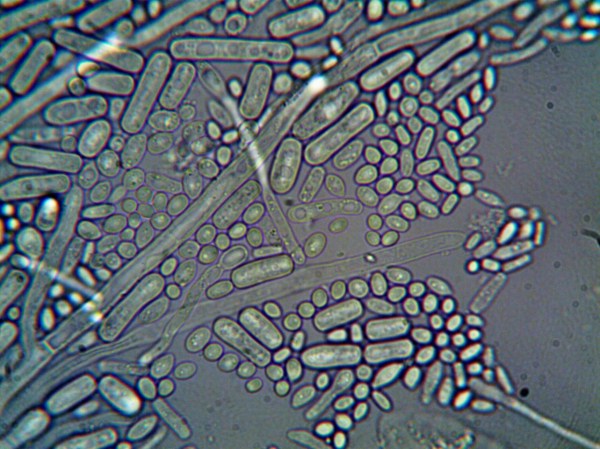Why is it necessary to develop new training models? To respond to the needs demanded by the digitalisation of societies. In today’s globalised world, connectivity is the highway that allows for continued growth and uninterrupted activity, come what may. It is a way for people to keep in touch with those who are far away, a way to do new business, and also a way to learn.
Socio-economic impact on education trends
The OECD, Organisation for Economic Co-operation and Development, has produced a report called Trends Shaping Education, 2022 in which it describes how education is impacted by a constantly changing social, economic and in a technological context. This study is carried out every three years, and in its latest edition it relates important aspects such as the increase in life expectancy, economic growth and care for the environment as conditioning factors in education and its connection with the working environment.
New technologies for new training models
The Internet and the telecommunications sector have boosted remote education as a very powerful educational tool for what it offers: 24/7 training, adapted to the needs of the student and capable of breaking down the barriers of physical space. In this case, the success of formulas such as Massive Open Online Courses (MOOCs), Open Educational Resources (OER) and other forms of elearning, such as virtual classrooms, which seek to improve the quality of the teaching-learning process, support both students and teachers, and adapts to the knowledge and skills of each person, taking on board their needs and concerns.
However, the latest trends in education can extend these models through technological innovation.
In this respect, it should not be forgotten that how you teach is more important than what you teach. Now, thanks to the technological development of tools such as the 5G network, Artificial Intelligence or the Internet of Things, IoT, immersive models and inclusive methods can be accessed thanks to Virtual Reality, Augmented Reality, Mixed Reality or gamification, where the “how” is the key to success.
How to develop digital skills
One of the main objectives of training, both for children and young people, as well as for adults, is to adapt the technical and personal profiles of those who form part of companies and organisations, so that they can face present and future digital challenges. It is, therefore not only a matter of grasping and assimilating new theoretical concepts. Now, experiential learning is also encouraged. This is based on the fact that the human brain is able to retain 90% of what it experiences, compared to 10% of what it reads and 20% of what it hears.
Depending on the training needs, the aim is to promote aspects such as the personal skills of each student, problem solving or the promotion of critical and analytical thinking. It also seeks to foster creativity, curiosity and teamwork, to break down barriers of inequality and discrimination, and to educate in cultural diversity. This helps organisations and the people within them to adapt to new challenges that arise with social, cultural and economic changes.
Peer learning, a model that breaks new ground
When talking about new training models, it is essential to talk about peer-to-peer learning. This way of acquiring new knowledge, is based on the power of collaboration between learners, where everyone teaches and everyone learns from each other. Cooperation among them not only fosters teamwork, but also inclusion, curiosity and creativity in problem-solving and problem-posing.
This way of learning is especially interesting in fields such as science and technology, as it is a practical method, where the important thing is collaborative work and overcoming challenges together. Students are able to gain a deeper understanding of subjects through active exploration, where they learn by doing and thinking, prioritising the latter over traditional memorisation.
In Spain there is an initiative called Campus 42. This is a programming campus where students can train in the digital profiles most in demand in today’s job market: Big Data, cybersecurity, mobile programming, functional programming or Artificial Intelligence. 42 was born in Paris in 2013 with the idea of responding to the shortage of certain digital and technical professional profiles, and was conceived from the beginning with a project-based methodology, so that, through gamification tools, all students are able to learn, regardless of the previous knowledge they may have in programming.
New forms of education, Telefónica’s next live stream on Twitch.
On 16th June, Telefónica will host a live event on the Twitch streaming platform to discuss how new forms of education are impacting society today. It will feature two young people, Emmanuel and Teresa, both of whom have had an unconventional upbringing outside the conventional method. They are two people studying at Campus 42 Madrid, a place where peer-to-peer methodology is used, where there are no teachers and gamification plays a very important role.











